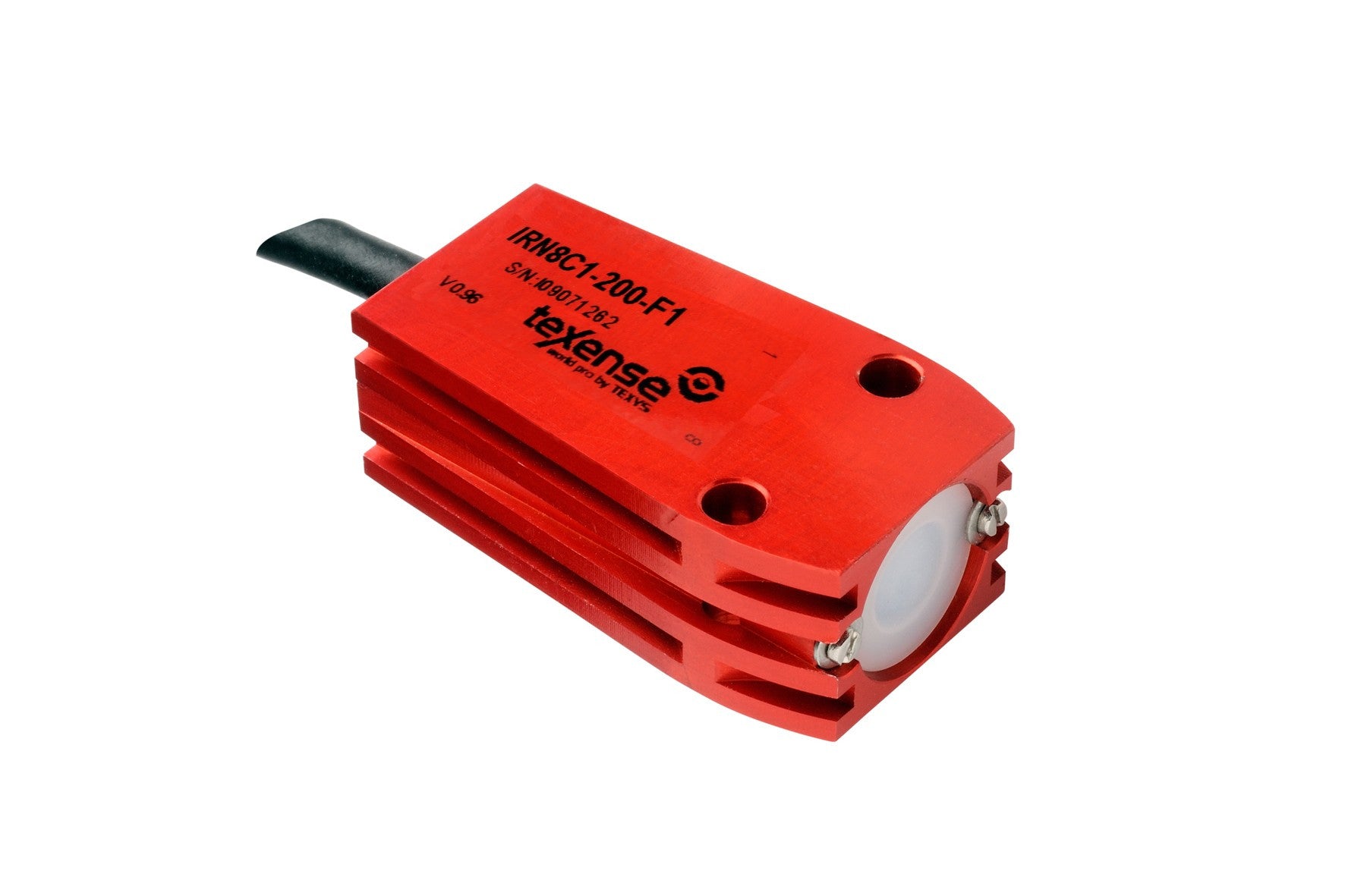coonmanx
Senior Member
If you really want to break in speaker wires you have to soak them overnight in bacon fat. That really brings out the warmth of the sound...I agree. In real "in the home" listening, it doesn't matter a bit. A few hours of use and your good to go. But IMHO I'd say no break in still does the trick for 99% of people. Just buy the speakers and use them. Now, breaking in speaker wire is another issue. Because speaker wire uses space alien infused technology only given to a select few people on Earth. Shunyata and Synergistic being two elite companies who received this alien tech.
Sarcasm...
Last edited:

